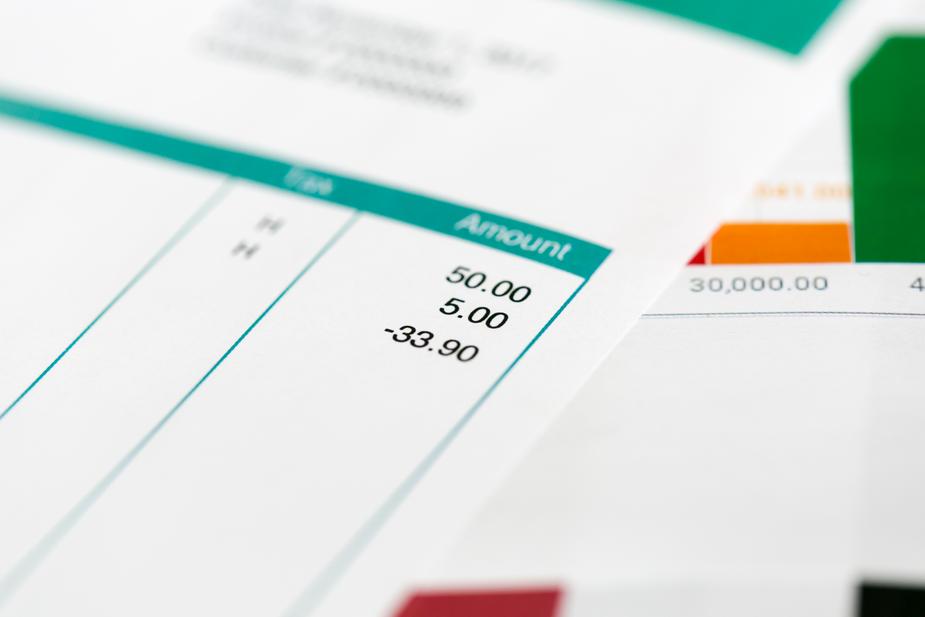Do you feel like you’ve been paying your credit card bills in forever? Do you feel like all the payments you’ve been making still haven’t made a dent on your debt? Do you feel like your bill debt payments will never end? Then you might be in a debt trap.
Debt Trapped Defined
A debt trap is a situation in which someone who owes debt is stuck in a cycle of debt payments and re-borrowing of debt because they cannot afford to pay the principal of a loan on a scheduled payment scheme. It is a circumstance wherein a borrower finds it difficult or even impossible to pay back money that they have borrowed. These situations are usually caused by high interest rates with shorter terms, which is usually a hallmark of a predatory lending.
How Debt Traps Work
Basic finance will tell you that there are two basic elements to any loan or loan agreement. These elements are the principal and the interest. The principal is the amount of money that the person borrows or wants to borrow while the interest is the amount of money the lender wants as payment for allowing the person to use to money. Basically, the lender charges a fee for the money he is lending and this comes as a percentage of the principal and not a set amount.
In order to fully pay a loan or debt, you must need to pay back both the principal and the interest compounded on the amount borrowed. Payments on the principal amount are especially important because lowering the original amount owed will help you pay off the loan in full.
For installment loans, payment schemes are designed, usually in a monthly basis, to pay off the loan in a series of regular, fixed payments. These are known as amortizing structures. Each payment made both apply to the principal and the interest. These payment schemes are designed to eliminate the entire loan, principal and interest, by the end of the payment period.
This is where debt traps come in. Debt traps occur when these payment schemes make it difficult to pay off the loan even after the end of the payment period because the borrower is unable to make payments on the loan principal because payments on the interest are all the borrower can afford. Because no payment on the principal amount has been made, it again accrues interest and the borrower is no closer to paying off the loan itself – like Sisyphus and his rock.
Debt traps usually occur on people with bad credit since lenders most often saddle those with bad credit scores with majorly unfavorable terms. But it can also occur due to some other factors such as the type of loan being issued and the general health of the economy.
Other Features That Can Lead to Debt Traps
There are three key features that can lead borrowers into a debt trap. Look for each of these features in your loan terms. More often than not, you can find these features on the same loan so you have to be extra careful. These features are short repayment terms, lump sum repayments, and loan rollovers.
Short Repayment Terms. If a loan is designed to be repaid in a month or less, chances are this might lead to a debt trap because you have very little time to come up with the money to pay for the principal amount as well as the interest. When this happens, most people would turn to another loan to pay for the original loan, which will ultimately lead to a cycle of debt payments.
Lump Sum Payments. Building on the previous statement, loans designed to be repaid within a month are also designed to be paid in a lump sum in order to repay the entire debt owed. The reason you are asking for a loan in the first place is that you have to finance something that you cannot afford. This is the reason most loans do not require a lump sum payment and instead opt for payments on installments to give the borrower ample time to come up with a lower amount of money.
Loan Rollovers. Borrowers are usually given the option to pay only for the interest owed when they cannot pay back the loan on time and in full. This is what is called a loan rollover. This essentially allows you to pay for only the interest and an additional repayment term on the loan is given. However, this also comes with an additional interest charge. The lender charges additional interest on the same principal amount, repeating the cycle of interest payments without any chance of repayment on the principal.

